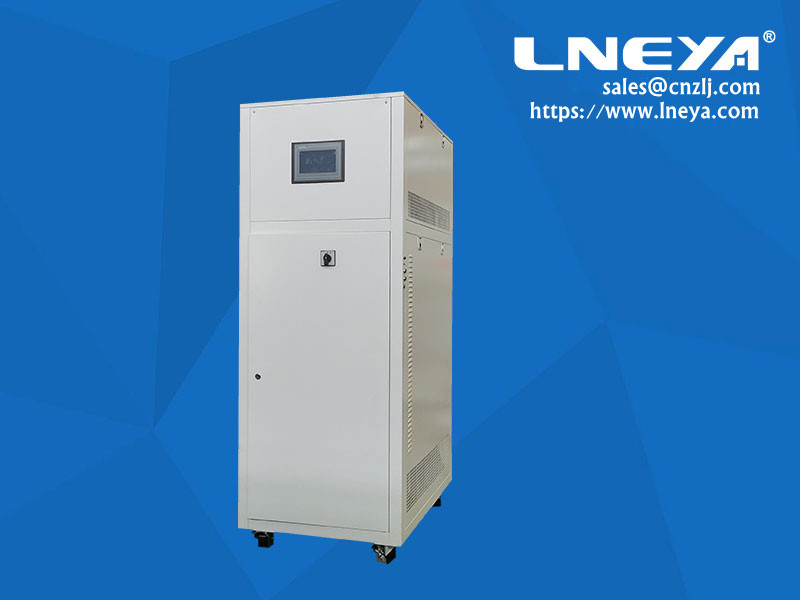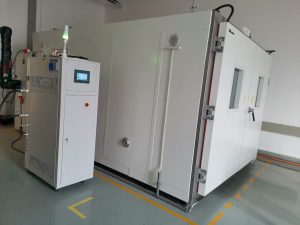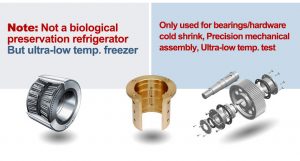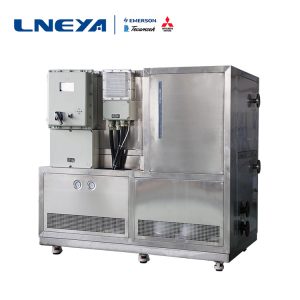Quelles sont les méthodes de raccordement les plus courantes pour les refroidisseurs industriels ?

There are several connection methods for industrial chillers, which are suitable for pipe connection under different conditions.
First, welding connection
Welding is the most important and widely used connection method in pipeline engineering. Welding connection is a direct and fixed connection between pipe sections; it is commonly used in large-diameter steel pipes, high-temperature and high-pressure pipes, overhead steel pipes, buried or laid in trenches, etc. . It has obvious advantages such as high strength and tightness of the interface, omission of fillers and joint accessories, fast construction speed, and no limitation of pipe diameter; but it also has the advantages of non-disassembly, complex interface operation technology, and welding equipment and welder cooperation during construction. And other shortcomings.
Second, threaded connection
Threaded connection (also called threaded connection), it is suitable for pipes with small working pressure and small nominal diameter (dn≤32mm), as well as the connection of pipes with threaded valves, instruments, and equipment. When connecting, the joint should be smeared with filler prepared by lead oxide and glycerin, and evenly spread on the thread of the pipe thread (do not apply in the valve), or use PTFE plastic tape as the filler. The filler shall not protrude into the pipe to avoid reducing the pipe. On the end face, it is strictly forbidden to replace the filler with white painted hemp wire, and the wire connection must be tightened once, and shall not be returned or loosened.
Third, flange connection
Flange connection is to add gaskets (materials) to a pair of flange plates fixed on two pipe fittings, and then tighten them with bolts to connect them into a detachable whole. It has high connection strength, good sealing performance, convenient disassembly, and standardization of production. Therefore, it is widely used in equipment connections between pipes and flanged pipe fittings or flange interfaces, pipes and flange valves, and pipes. The location that needs to be disassembled and overhauled. During installation, a rubber plate gasket with a thickness of 4mm should be placed in the notch. The gasket shall not have uneven thickness, bevel or notch.
Summarize
We at LNEYA will make a specific analysis according to the customer’s specific working conditions. If you have equipment requirements or equipment problems, please contact us sales@lneya.com
Recommandations connexes
-
Comment la batterie sera-t-elle affectée lorsque le véhicule à pile à combustible démarre à froid et à basse température ?
1192At present, the topic of fuel cell vehicles in China is relatively hot. Fuel cell vehicles have the advantages of large market space, high technological status, short hydrogenation time, high battery life, and low pollution. However, at present, f...
Voir les détails -
Les équipements mécaniques d'assemblage à froid sont dédiés à l'assemblage à froid de pièces métalliques.
1004L'équipement d'assemblage mécanique à froid est une méthode de traitement des pièces à des températures inférieures à -130℃. Le traitement cryogénique peut améliorer de manière significative la ténacité de la pièce sans en réduire la résistance et la dureté. Mécanique...
Voir les détails -
Aspects à prendre en compte lors de l'utilisation d'un tout-en-un refroidi par air
931The air-cooled all-in-one is in operation, unless it is necessary, please do not open the chassis door, otherwise the following adverse consequences may result. When the equipment is subjected to a high temperature test, it is very dangerous to bl...
Voir les détails -
Caractéristiques de fonctionnement du système de refroidissement industriel à haute et basse température
1005Le système de refroidissement industriel à haute et basse température est principalement utilisé pour la surveillance et le contrôle de la température, de la pression, du débit, du niveau de liquide, de l'humidité, du pH et d'autres paramètres. Il présente les caractéristiques d'une grande précision de contrôle...
Voir les détails
 LNEYA Industrial Chillers Fabricant Fournisseur
LNEYA Industrial Chillers Fabricant Fournisseur














